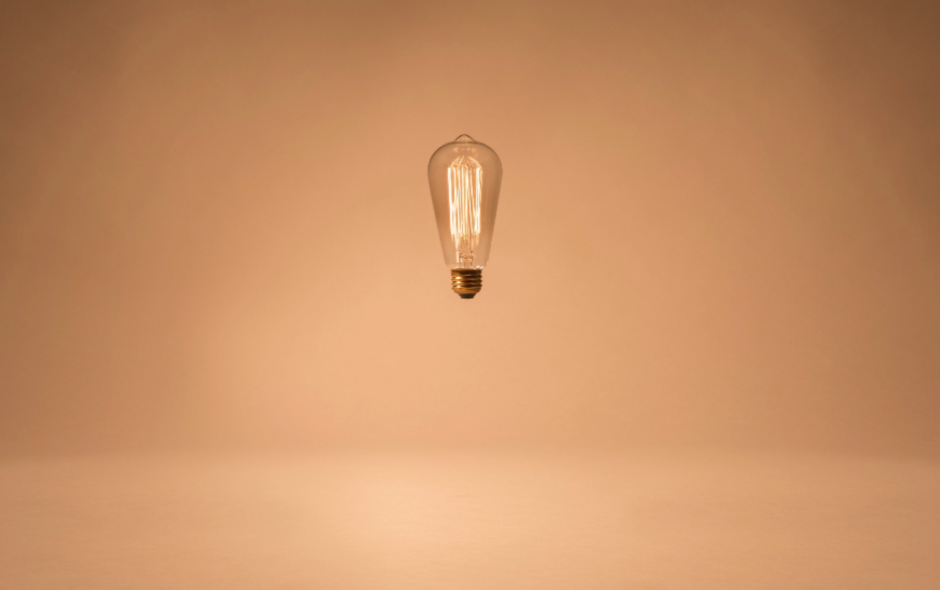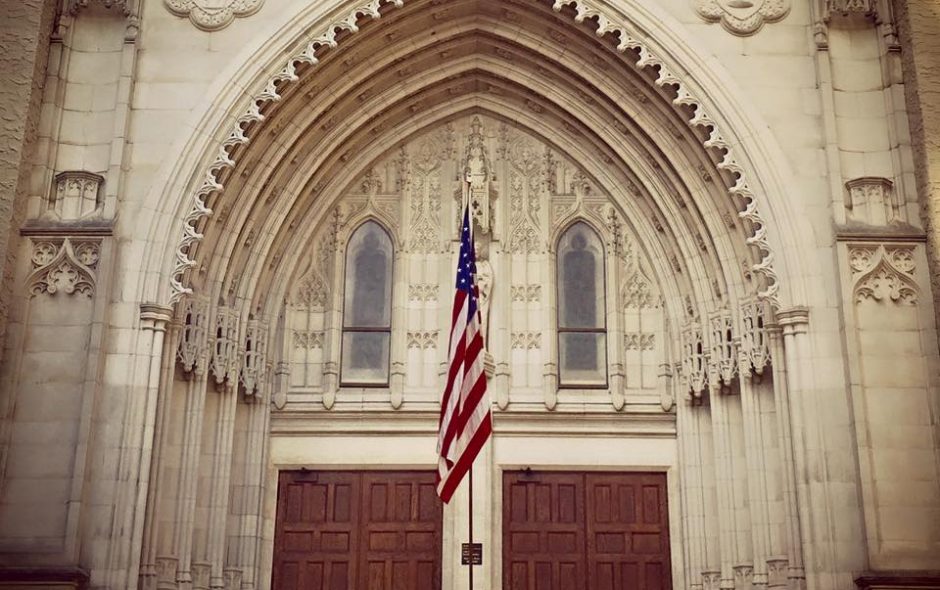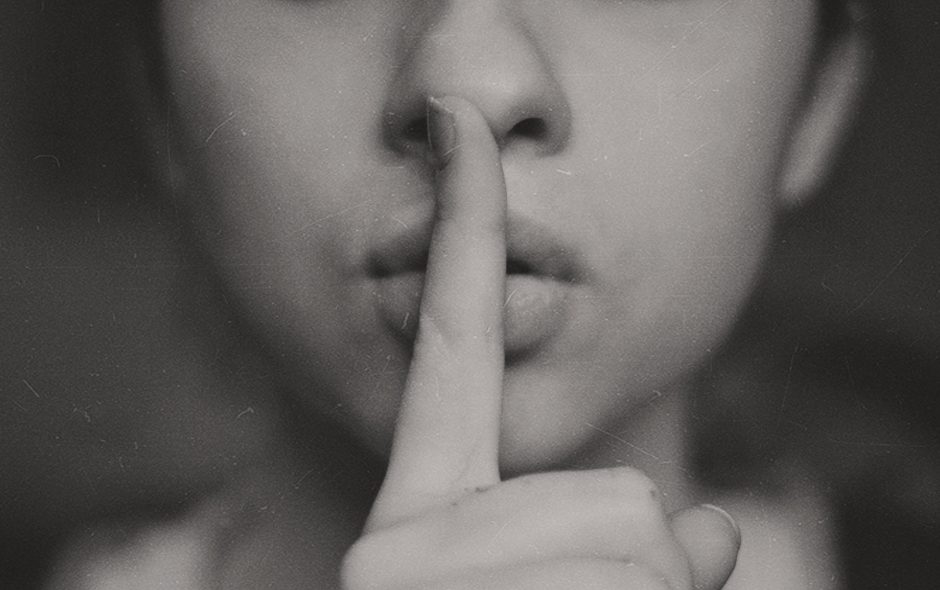When most people think of racism, visions of terrorism delivered mano a mano come to mind. You know … slavery, white hoods, lynchings, and other acts of abject terrorism and the trauma they leave in their wake come to mind. Interpersonal racism’s more comely, yet equally damaging sibling:institutional racism is not only alive and well, but thriving in the most unlikely of places. The time has come to shine a light on a textbook example to provide a better understanding.
Tag: prejudice
How I Talk to White People About Racism
It’s not so much that I, as a black man, am chomping at the bit to talk about racism with white people, but if asked about it, I’m eager to share my thoughts. I recently posted a couple of articles to my Facebook page on race relations in America and racism to offer a different point of view and several thoughtful discussions took place on my page.
Reconciliation
A couple of weeks after Easter Sunday, a very dear friend of mine, Mrs. Adams, received a call that her brother-in-law, an Orlando resident, died. This would be bad news for most people, but for my friend this news was fraught with additional angst.
- She is ninety-five years old and lives just outside Westchester, New York.
- Although Mrs. Adams spent decades in central Florida, Orlando is not a place full of happy memories for her. Having witnessed Ku Klux Klan marches and experienced more social and civil injustices than you or I could imagine, you can understand why upon leaving the Sunshine State ten years ago, Mrs. Adams (a Black woman) had no intention of ever returning to Florida.
“White Fragility: Why It’s So Hard to Talk to White People About Racism”
For the longest time I’ve wanted to broach the subject of racism on my blog, but I wasn’t sure where or how to start the conversation. Earlier this week, Cheryl Strayed, the #1 New York Times best selling author of the memoir Wild (which became a hugely popular film starring Reese Witherspoon) posted this article by Dr. Robin DiAngela (which I have reposted below in its entirety) on her Facebook page. The following article is by no means a blanket indictment, but an important and insightful starting point for dialog.




